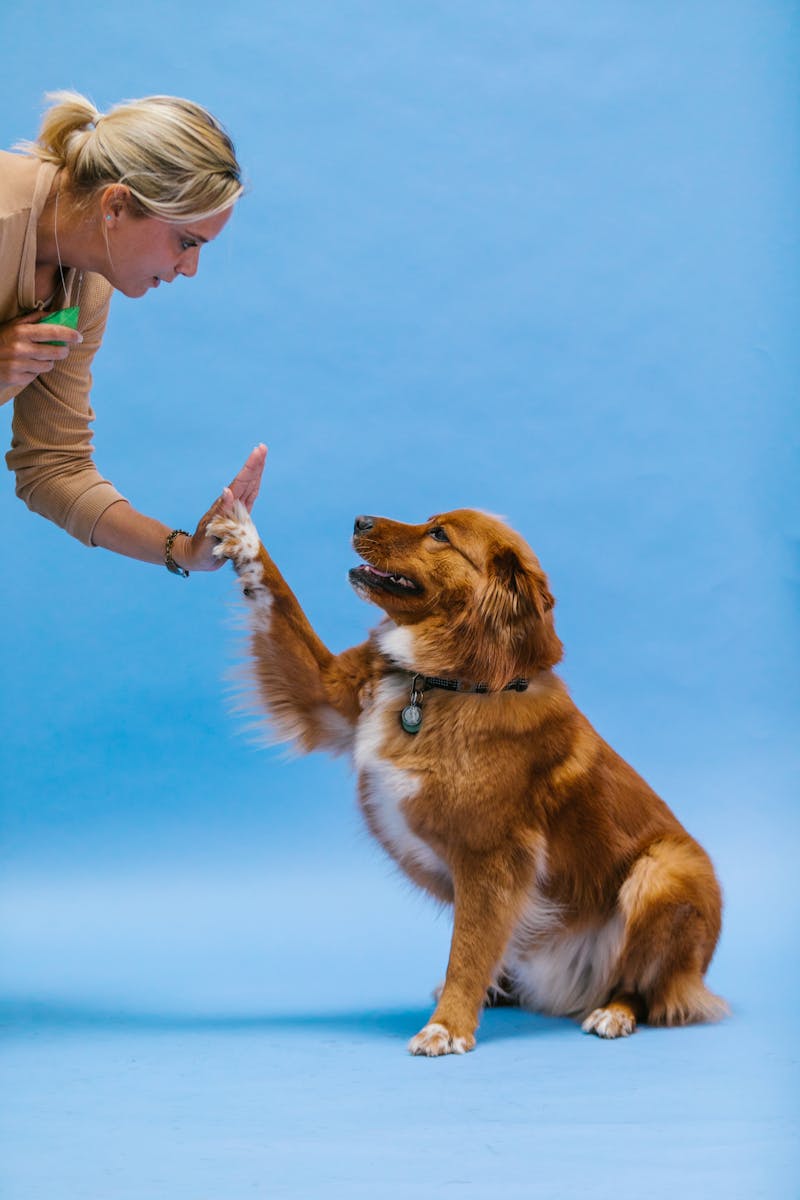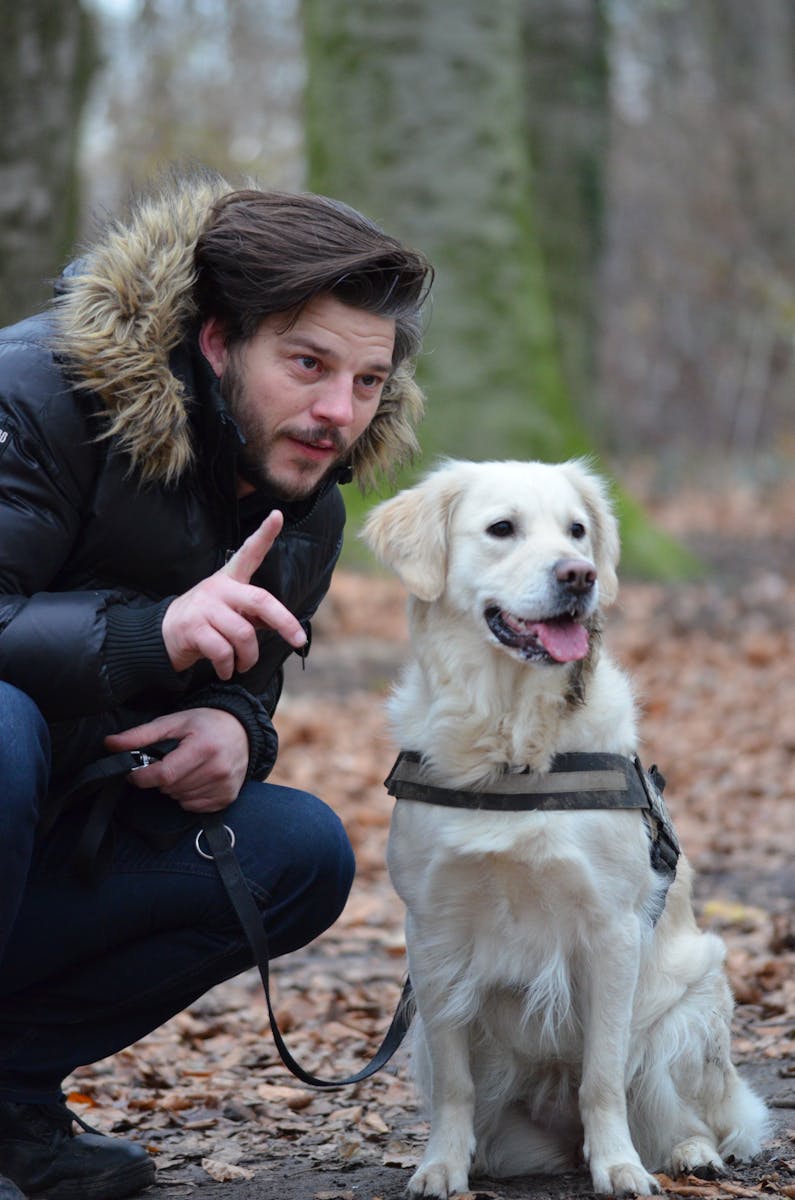Obedience Training Near Obedience Training Techniques for Different Breeds: What Works Best?
Discover Effective Obedience Training Techniques for Different Breeds: What Works Best in Obedience Training to Enhance Your Dog’s Behavior and Strengthen Your Bond on FetchQuest.info
Obedience Training Near You: Obedience Training Techniques for Different Breeds – What Works Best?
If you’ve ever wondered why your friend’s Labrador picked up “sit” in a day while your Husky acted like it didn’t even hear you, you’re not alone. Just like people, dogs have different learning styles—and a lot of that has to do with breed characteristics.
While all dogs benefit from patience, consistency, and positive reinforcement, understanding what motivates your specific breed can be the key to unlocking faster, more effective obedience training. At FetchQuest.info, we’re big believers in training smarter, not harder. So, let’s break down how to tailor your approach to match your dog’s natural instincts and personality.
Why Breed Matters in Training
Every breed was developed with a purpose—herding, guarding, retrieving, hunting, companionship—and these roles shaped their energy levels, independence, and learning preferences. That means what works wonders for a Golden Retriever might flop completely with a Shiba Inu.
By understanding your dog’s instincts and tendencies, you can work with their nature rather than against it. Think of it like learning their “language” so your communication is more effective.
Breed-Based Training Tips: What Works Best?
Here’s a look at how to adjust your training techniques based on common breed groups:
🐾 Herding Breeds (Border Collies, Australian Shepherds, Corgis)
These dogs are intelligent, energetic, and love having a job to do.
Training tips:
-
Use puzzle toys and advanced obedience to challenge their minds.
-
Keep sessions short and engaging—they get bored quickly.
-
Practice herding-style games like “find it” or “go to your mat.”
-
Avoid repetitive drills—mix it up!
🐾 Sporting Breeds (Labradors, Golden Retrievers, Spaniels)
Friendly, eager to please, and typically food-motivated.
Training tips:
-
Use treats and toys generously for positive reinforcement.
-
Incorporate fetch and swimming into training routines.
-
Practice recall and leash manners early—they’re excitable.
-
Keep them mentally and physically stimulated to avoid distractions.
🐾 Working Breeds (Dobermans, Boxers, Rottweilers, Mastiffs)
These breeds are loyal and driven but need strong leadership.
Training tips:
-
Be consistent and confident—these dogs respect structure.
-
Use obedience as a way to bond and give them purpose.
-
Socialize early and often to prevent overprotectiveness.
-
Keep them challenged with agility or tracking activities.
🐾 Hounds (Beagles, Dachshunds, Bloodhounds)
Independent thinkers with a strong nose and an even stronger will.
Training tips:
-
Use high-value treats—they’re motivated by scent and food.
-
Work in scent games to channel their natural instincts.
-
Practice patience—they may be stubborn but are very capable.
-
Train in distraction-free areas until commands are solid.
🐾 Terriers (Jack Russells, Westies, Bull Terriers)
High energy and bold personalities wrapped in small packages.
Training tips:
-
Make training a game—these dogs love to “win.”
-
Work on impulse control and redirect barking or digging.
-
Use lots of positive reinforcement and keep sessions fast-paced.
-
Don’t underestimate them—they’re clever and athletic.
🐾 Toy Breeds (Chihuahuas, Pomeranians, Yorkies)
Big personalities in tiny bodies—often underestimated in training.
Training tips:
-
Focus on basic obedience just like you would with a larger breed.
-
Use small, soft treats and a gentle tone.
-
Be patient with potty training—it can take longer.
-
Socialize them well to prevent nervous behaviors.
🐾 Mixed Breeds and Rescues
Training these pups can be incredibly rewarding, especially when you observe which traits shine through.
Training tips:
-
Pay attention to their behavior to identify strengths and sensitivities.
-
Stay flexible—every dog is an individual.
-
Use training to build trust and structure, especially if they come from difficult backgrounds.
-
Celebrate small wins and always lead with compassion.
Final Thoughts
Obedience training isn’t one-size-fits-all. Understanding your dog’s breed tendencies can help you communicate more effectively and choose methods that feel natural for them. Whether you’re working with a driven shepherd or a feisty terrier, the most important ingredients are patience, consistency, and positive reinforcement.
If you’re not sure what techniques match your dog’s personality, don’t stress—head over to FetchQuest.info where we share breed-specific training tips, guides, and tools to help you build a training plan that works.
Training is more fun (and successful!) when it’s tailored to your dog’s unique strengths.
Keywords: Obedience training, obedience training techniques, dog training methods, effective obedience techniques, breed-specific training, obedience training for puppies, clicker training, positive reinforcement, obedience training tips, behavior modification, training different breeds, socialization in training, obedience training challenges, tailored training techniques, dog obedience classes
news via inbox
Nulla turp dis cursus. Integer liberos euismod pretium faucibua





